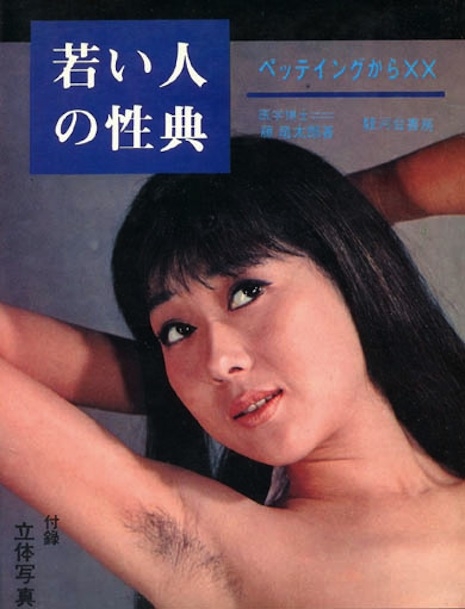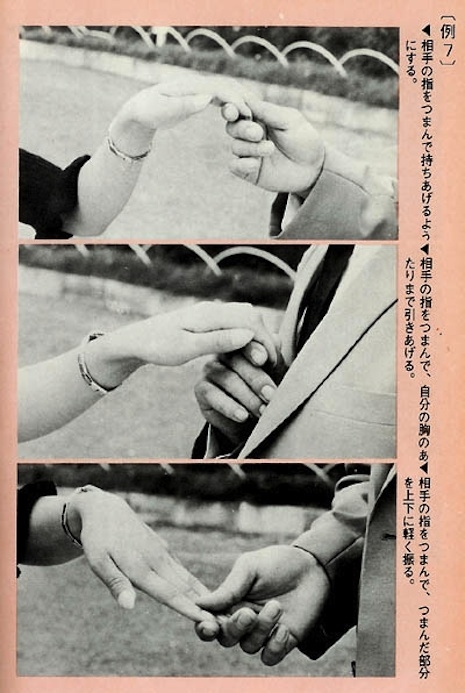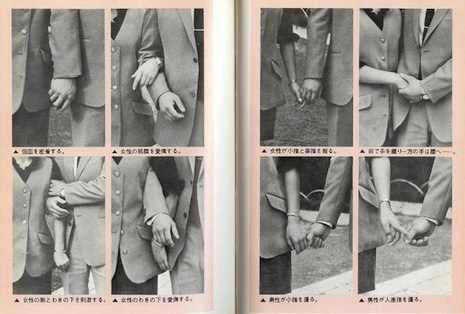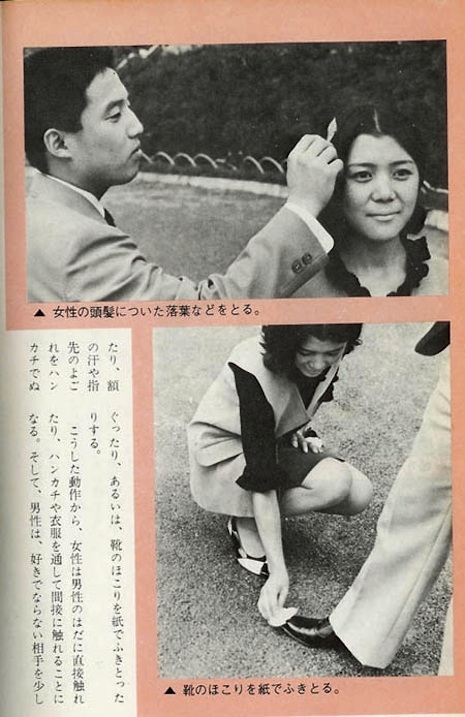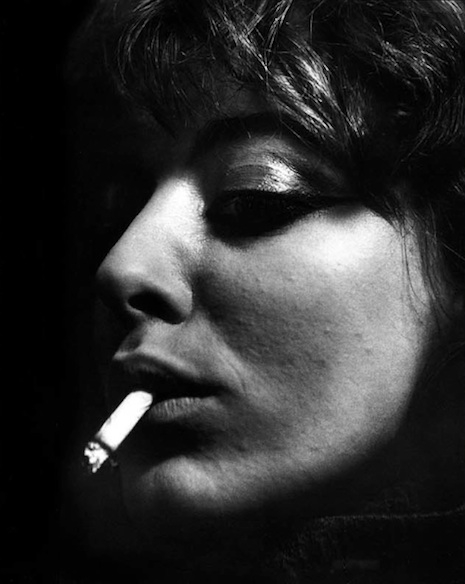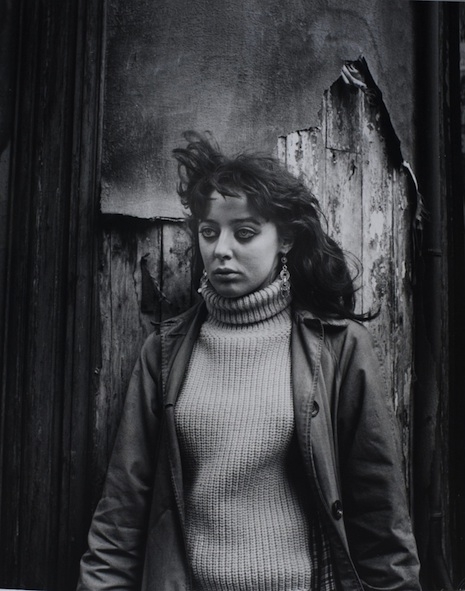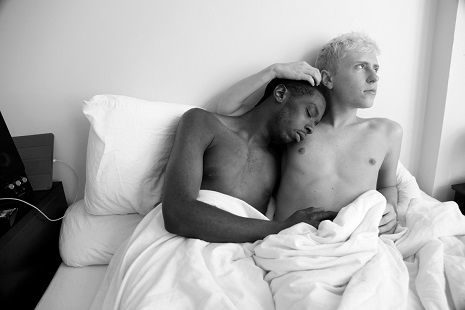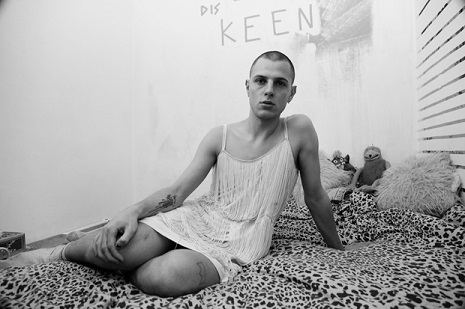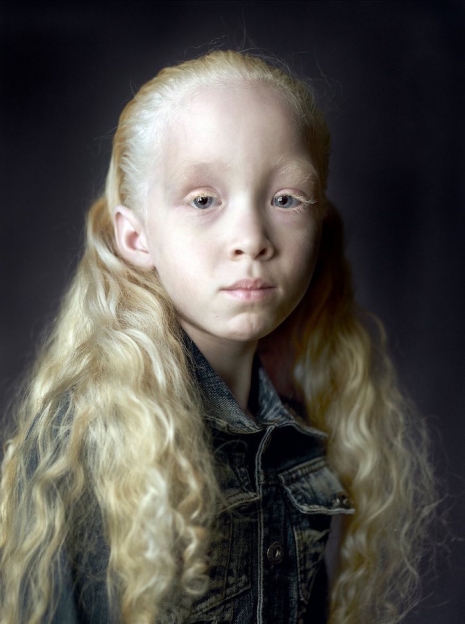
‘Iris’ (2011).
At a cursory glance, I thought I was viewing some small figure detail from a Baroque painting or maybe a canvas by a Dutch Old Master. The richness, depth, and subtly of light fooled my eye. This was the photographer’s intention—to make the viewer re-examine what is seen.
The photographer is Pierre Gonnord. He previously turned his talents to photographing the last coal miners working in the pits at Asturias and Castilla y León, Spain. His portraits gave these men a dignity and nobility. They were “a tribute” to the lives being destroyed by economic cuts and governmental indifference—or as Gonnord described it “social genocide.”
Now Gonnord has thrown focus on to a series of painterly portraits of young people. He is specific in who he chooses to photograph, selecting “the person, the individual, alone in the margins of his social group…”
‘When I travel and meet a community, I have time enough to establish contacts and connections, to know individuals that move me for their charisma, sensitivity, intelligence, shyness, beauty … and this is why I decide to invite them (and no others) to do a portrait’
Gonnord takes his time photographing his subject and almost makes it sound almost like a forensic process:
‘Installed in the silence of a room, generally a very small space, sometimes with daylight, sometimes with a lamp, a flash, just one spot … in a short distance, in the same living area, I can talk with the individual, my fellow, a chosen human being, and looking at him I repeat once again this old ritual. A very short moment. Probably the most ancient since man has been on Earth. Strip little by little all the details, and in silence try to catch what maybe is under the skin’
His passion for portrait photography offers Gonnord the chance learn what he describes as “life experiences” allowing him to:
‘Learn from others, listen, watch, see, feel, express. It’s to open one’s eyes to the world, to know other universes, other realities in order to go beyond one’s own small frontiers in the urban environment and enter little by little into the sharing and the understanding of humanity’
and
‘To look into the eyes of these models is to feel in a certain way that we are looking at our own essence as human beings.’
See more of Gonnord’s portraits here.
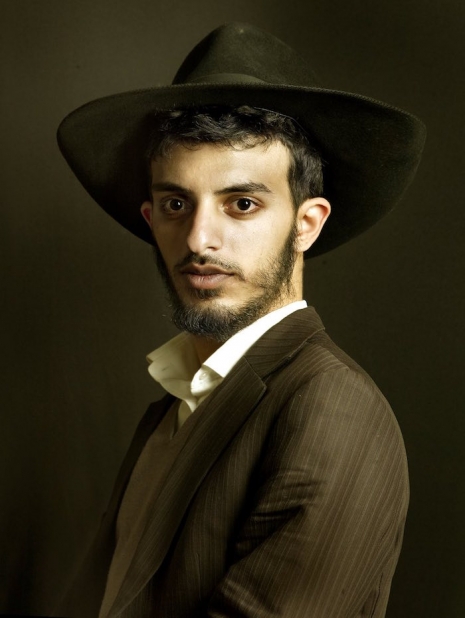
‘Attia’ (2010).
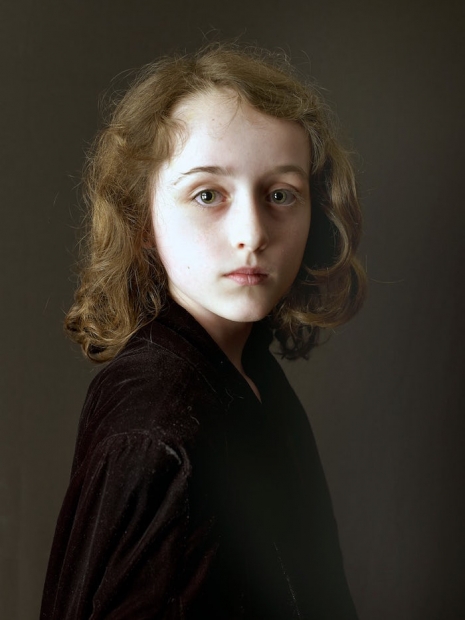
‘Sophie’ (2012).
See more of Gonnord’s beautiful portraits, after the jump…






